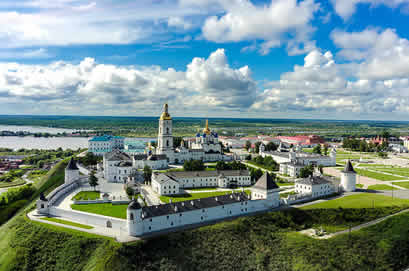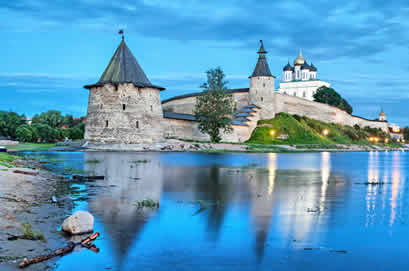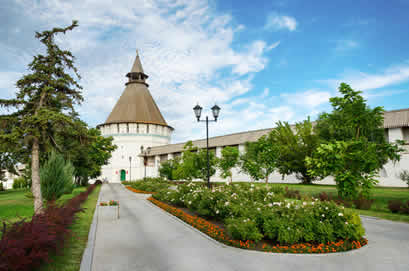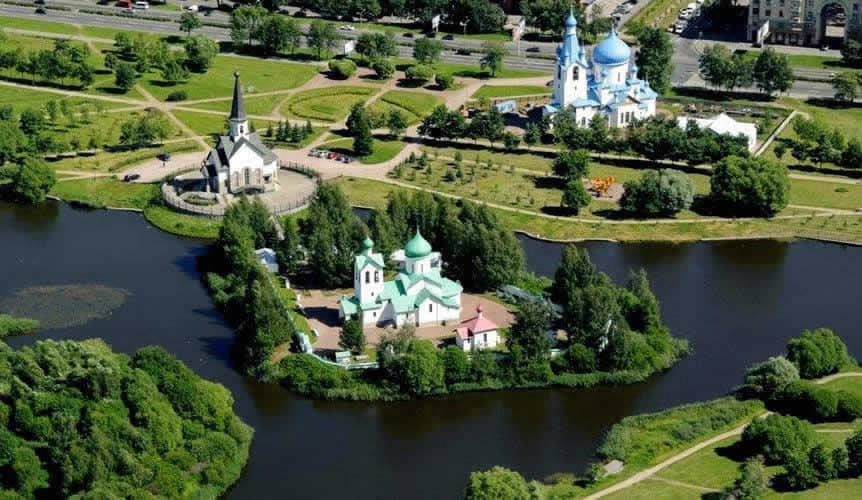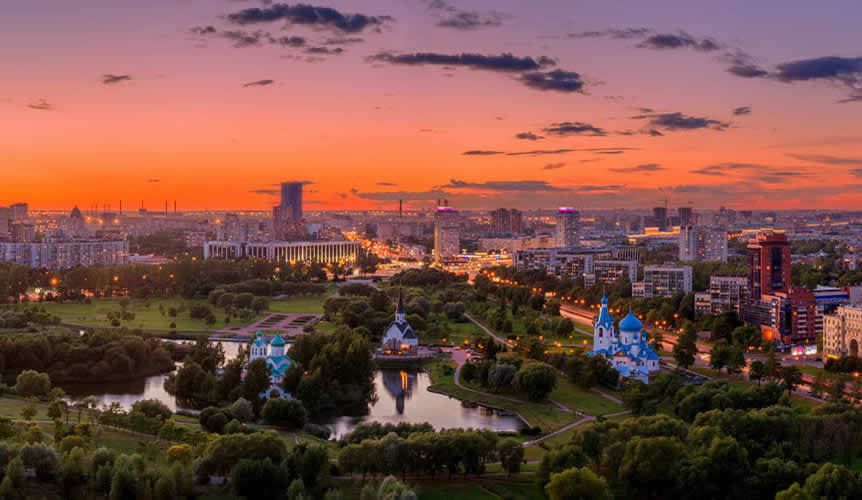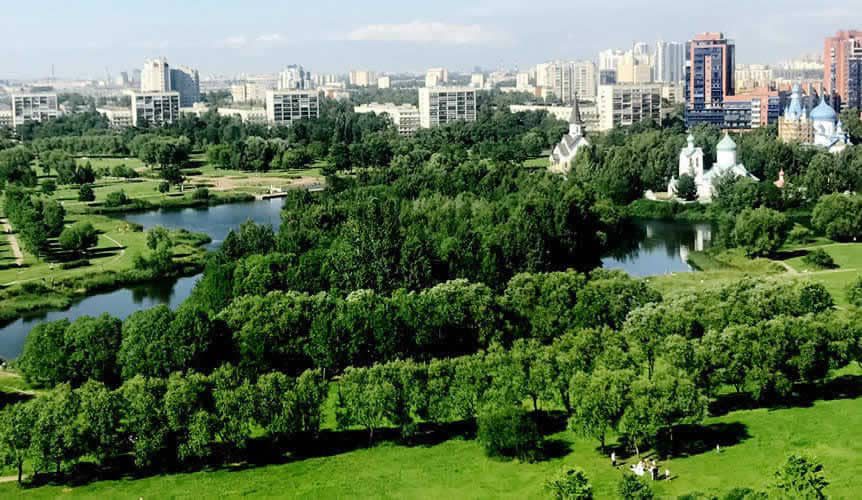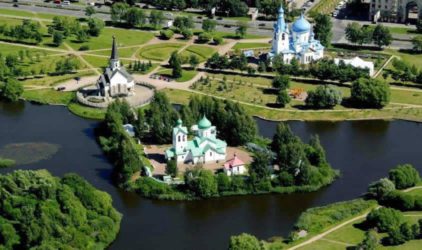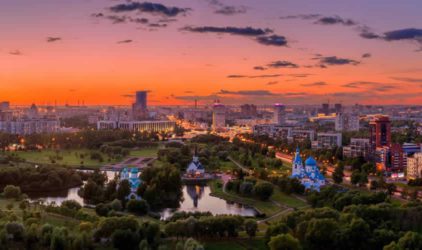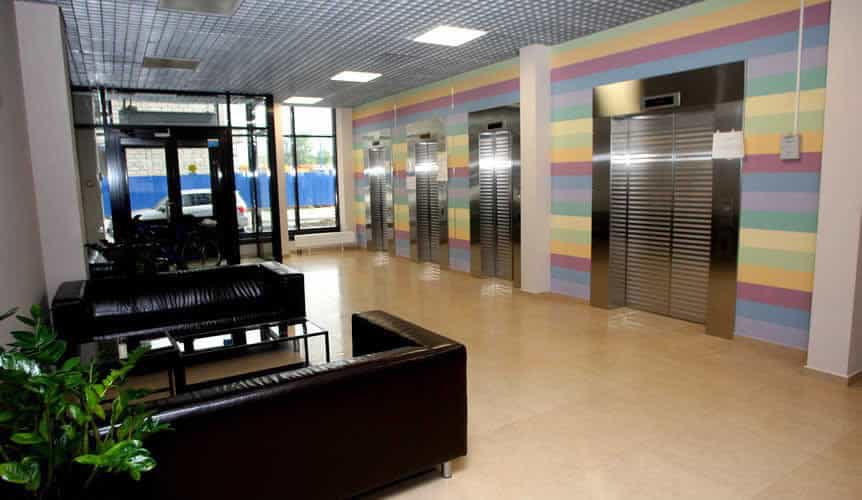Add these destinations to your travel list!
You always thought that Kremlin is the name of that red brick castle in Moscow – well, it is, but it’s also a general Russian term for a citadel in medieval Russia. In fact, there were over 400 kremlins in medieval Russia, but only around 20 of them have been preserved. Here are ten most exciting Russian fortresses.
1. Veliky Novgorod: The ‘Children’s’ kremlin
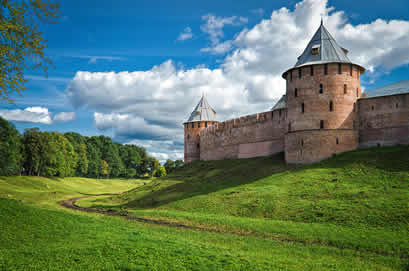
The legend allegedly has its roots in the Byzantine custom of crowning church crosses with iron pigeons, as the Byzantine Empire had a deep and lasting impact on young Muscovy Rus. Incidentally, Ivan IV’s grandmother was Sophia Paleolog, who came from the last dynasty of Byzantine emperors.
Before the 14th century, it was called Detinets, or “fortress”, and accommodated the prince’s men-at-arms who were called “youngsters” or “children.” Along with the Moscow Kremlin, it is listed as a UNESCO world heritage site.
2. The Tula kremlin: Southern stronghold and rival to Moscow
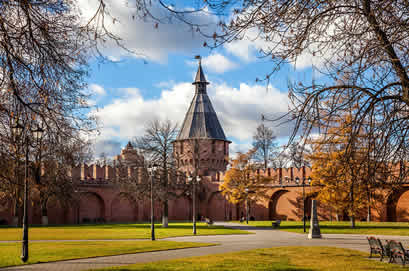
Here, False Dmitry I, who claimed to be the surviving younger son of Ivan IV, took the oath of allegiance from Russian boyars and nobility.
The Tula kremlin was erected by Italian architects who came to Tula, having completed the Moscow Kremlin.
Historians say that the citadel was built by several different crews, explaining the apparent discrepancies between its walls.
3. Zaraysk: The smallest kremlin

It was the smallest stone citadel in Muscovy Russia. From Zaraysk, Prince Dmitry Pozharsky set out with his volunteer army in the first attempt to rescue Moscow from Polish occupation.
Although the kremlin is modestly sized, an unexplored passage, believed to be connected a network of underground dungeons in one of the towers, has remained there. Despite many sieges, only once was the city ever captured, for a brief period during the Time of Troubles. Perhaps the strength of the citadel lies in the yet-to-be-discovered catacombs.
4. Kolomna: Prison for a false tsarina

The Kolomna kremlin had 17 towers, one of which was named after Marina Mniszech, the wife of False Dmitry I, who was reportedly incarcerated in the same tower in which she subsequently died. One of the legends, though, says that she did not die, but rather turned into a magpie and flew out the window. As a result, it was called Marina’s tower.
There is one more legend, however, linking the tower’s name to a local nun who was accused of being a lesbian, and who was subsequently put into the tower wall to protect other nuns from this ‘morbid’ temptation.
5. Tobolsk: Siberian exile
Tobolsk (1,500 miles east of Moscow) is home to Siberia’s only stone fortress.
The kremlin contains a bell tower especially erected as a place of “exile” for the bell that sounded the alarm in the city of Uglich (145 miles north of Moscow) following the murder of Prince Dmitry, the real son of Ivan the Terrible.
Upon orders from Prince Shuisky, the bell itself was subjected to a formal execution, the same way the process was applied to humans: its clapper (‘tongue’ in Russian) and canons (‘the ear of the bell’ in Russian) were removed, and the bell itself was exiled to Siberia.
6. Kazan: An attraction for treasure hunters
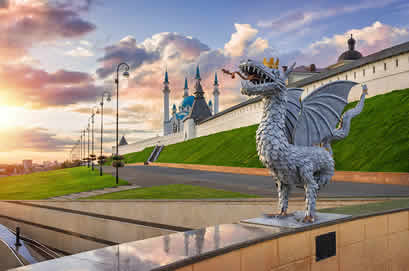
One of its key landmarks is the leaning Syuyumbike watchtower. As the legend goes, the dazzling beauty of Tatar queen Syuyumbike won the heart of the most brutal ruler of Muscovy, Ivan the Terrible. The Russian tsar offered his hand to Syuyumbike, but the proud queen refused. Ivan IV was enraged and stormed Kazan with his army. Syuyumbike had nothing left to do but to accept, or else feign acquiescence. For her wedding gift, she asked her relentless fiancé to build a tower in seven days, then proceeded to throw herself from the top of the tower during the wedding feast.
The site is also a UNESCO world heritage site.
7. Pskov: A sign from heaven
Pskov (450 miles west of Moscow) was the homeland of Princess Olga, known as the first of Russia’s ruling class to embrace Christianity, even before the large-scale baptism of Rus.
Olga herself initiated the construction of the Pskov kremlin. In the center of the fortress stands a church, which, according to legend, was commissioned by Olga after she saw three rays of light coming from the heavens and converging on a rocky headland where two rivers met.
After this divine vision, the princess gave orders to build the Trinity Church and the citadel.
8. Nizhny Novgorod: A women’s stronghold
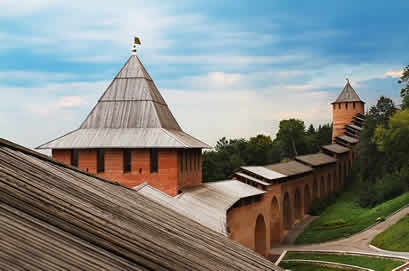
In the early 17th century, Nizhny Novgorod turned into the bastion of resistance to Polish invasion. A volunteer army led by Kuzma Minin and Prince Pozharsky marched from its gates, driving out Polish troops during the Time of Troubles and helping to keep Muscovy on the map.
9. Astrakhan: Leaning bell tower redressed
The Astrakhan fortress is where Ivan the Terrible took possession of the captured city of Astrakhan on the Caspian Sea coast.
In the 19th century, this kremlin boasted one of Russia’s leaning towers, Varvatsiev Bell Tower. Practical Astrakhan photographers even started printing its pictures with the inscription “The leaning bell tower of the Astrakhan Cathedral.”
Eventually, safety considerations prevailed over tourism prospects, and in 1910 the tower was torn down and replaced with a properly upright, albeit less elegant, structure.
10. Moscow: Residence of the Russian president
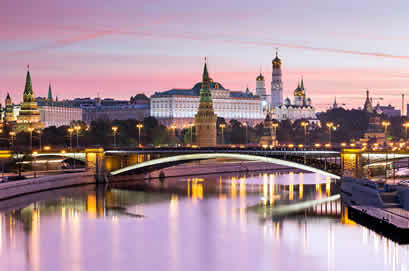
Its most prominent feature is the Spasskaya Tower, home to the iconic Kremlin clock. Once a year, when the bell tower strikes 12, all of Russia clinks champagne glasses to usher in the New Year.
Today, the Kremlin is the residence of the Russian president. The Tsar Bell, the Tsar Cannon, the Taynitskaya (Secret) Tower and the Armoury Chamber inside its walls are all popular sights for tourists. The Moscow Kremlin ensemble is also a listed UNESCO world heritage site.
Source: www.rbth.com/travel/326548-10-russian-kremlins-to-visit
